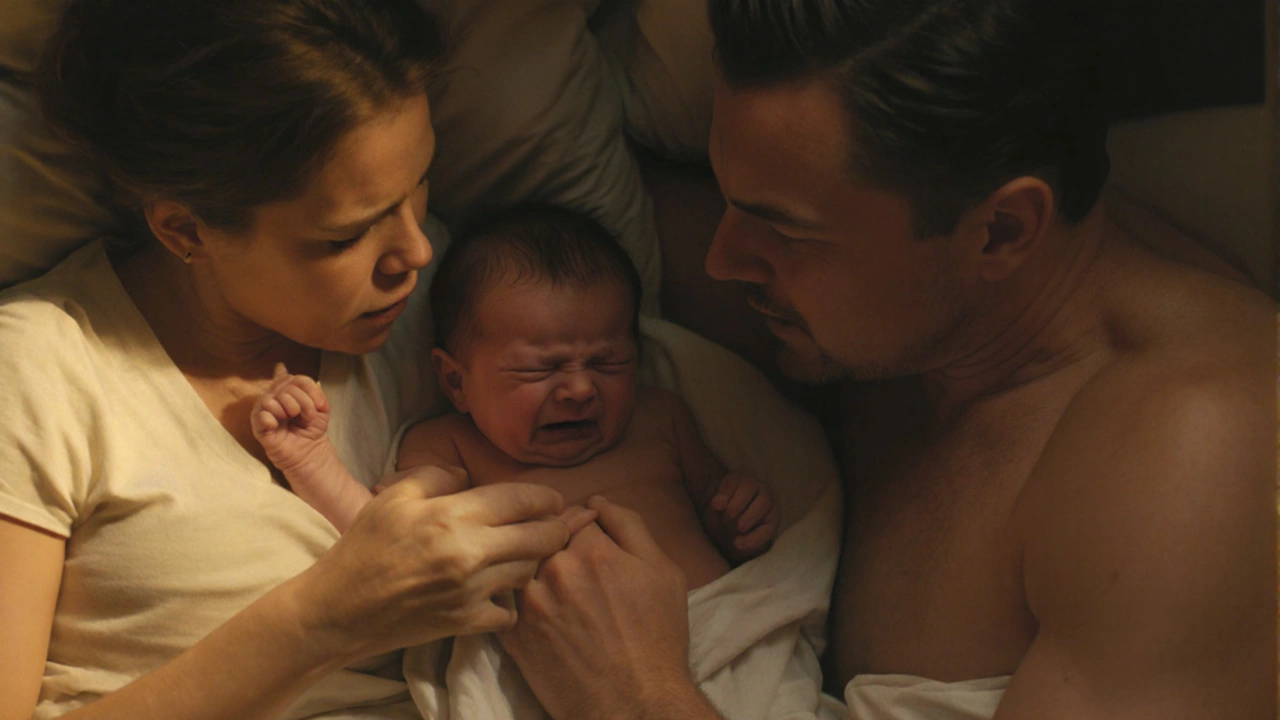When Paul Thomas Anderson announced his next project, the buzz was already thick enough to choke. A 160‑minute genre mash‑up that promises to stretch the limits of what a modern blockbuster can be? That’s a tall order, but One Battle After Another delivers, and it does so with a mix of reckless energy and oddly precise storytelling.
The Film’s Wild Canvas
At its core, the movie follows Bob Ferguson (Leonardo DiCaprio), an ex‑revolutionary who’s been trying to live a quiet life until his teenage daughter Willa (newcomer Chase Infiniti) is snatched by a shadowy power broker. Ferguson is forced back into the fire, re‑uniting with a rag‑tag crew of old comrades and new allies. What starts as a classic rescue mission quickly spirals into a critique of how history is rewritten by the powerful.
Anderson pulls inspiration from Thomas Pynchon’s novel Vineland, sprinkling the script with references to forgotten founding fathers, underground cabals, and the erasure of dissenting voices. The film doesn’t just tell a story—it throws a political punch, questioning how myths are manufactured and how education becomes a battlefield.
Visually, the picture is a love letter to old‑school spectacle. Warner Bros. rolled it out in IMAX, VistaVision, and even 70mm, giving viewers a chance to lose themselves in the chaotic choreography of car chases, shoot‑outs, and absurdly staged protest scenes. The camera moves with a kinetic urgency that mirrors Ferguson’s own frantic mindset, and the editing never lets you breathe for long enough to get comfortable.
- Leonardo DiCaprio as Bob Ferguson – a jittery, love‑driven anti‑hero.
- Sean Penn as Colonel Lockjaw – a terrifying, larger‑than‑life antagonist.
- Benicio del Toro as Sensei Sergio – an unpredictable wild card.
- Regina Hall and Teyana Taylor – solid supporting members of the revolutionary crew.
The supporting cast brings enough depth to keep the audience invested when the plot throws a curveball from left field. Sean Penn, in particular, re‑emerges as the most menacing villain Anderson has written in years. His Colonel Lockjaw straddles the line between cartoonish villainy and palpable menace, making every scene he occupies feel like a ticking time bomb.
Why DiCaprio’s Performance Stands Out
DiCaprio’s Ferguson is a study in contradictions. He’s constantly bouncing between the hyper‑alertness of a man who’s lived on the edge and the tender paternal instinct that surfaces when he’s with Willa. The actor leans into a “coked‑up” intensity that makes his lines crackle, but he never lets the chaos override the genuine love at the heart of the story.
There are moments when Ferguson’s manic energy sparks outright comedy – a frantic monologue about revolutionier myths that ends in a slapstick tumble – and other times when the character’s resolve softens, showing a rare vulnerability that feels almost shy in the midst of the mayhem. It’s this tension that keeps the audience riding a roller‑coaster of emotions without ever feeling disoriented.
Jonny Greenwood’s score acts as the film’s nervous system, especially the piano‑driven pieces in the second act that pulse like a heartbeat under a frantic chase. The music never shouts; it nudges, amplifying the tension while giving the audience a space to breathe between the high‑octane set pieces.
Beyond the big‑budget spectacle, Anderson’s direction feels deeply personal. He lets the chaos unfold, but he also plants quiet, observational moments that let the characters breathe. The result is a film that feels both like a blockbuster roller‑coaster and an intimate, almost diary‑like record of a father’s fear and fury.
Critics have already started calling the movie "cinema at its purest," praising its unfiltered ambition and the way it refuses to fit into a single genre box. Whether you’re a fan of political thrillers, dark comedies, or simply love a good father‑daughter story, the film’s layered approach offers something for everyone.
In a landscape where franchises dominate, One Battle After Another stands out as a daring, chaotic, and oddly heartfelt experiment. It’s a reminder that when a director lets creativity run wild, the payoff can be a film that ignites both the mind and the emotions—without ever compromising on entertainment value.
